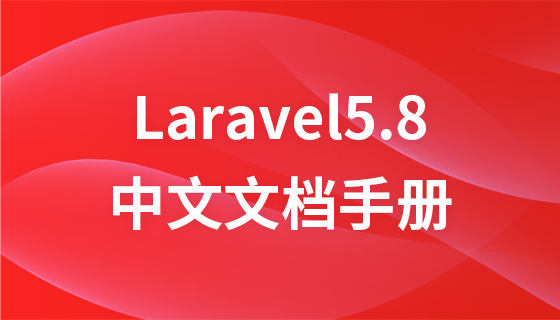这篇文章主要介绍的内容是关于laravel延迟队列实现之lua脚本解析,有着一定的参考价值,现在分享给大家,有需要的朋友可以参考一下
Laravel在实现Redis延迟队列时使用了Lua脚本保证不同队列间操作的原子性
在Laravel5.1中主要是通过4个Lua脚本方法保证不同队列操作的原子性的
一、统计队列任务数量方法
1.llen 统计list队列数量
2.zcard统计zset队列数据量
/**
* Get the Lua script for computing the size of queue.
*
* KEYS[1] - The name of the primary queue
* KEYS[2] - The name of the "delayed" queue
* KEYS[3] - The name of the "reserved" queue
*
* @return string
*/
public static function size()
{
return <<<'LUA'
return redis.call('llen', KEYS[1]) + redis.call('zcard', KEYS[2]) +
redis.call('zcard', KEYS[3])
LUA;
}二、pop队列任务放入reserved(保留)队列
/**
* Get the Lua script for popping the next job off of the queue.
*
* KEYS[1] - The queue to pop jobs from, for example: queues:foo
* KEYS[2] - The queue to place reserved jobs on, for example: queues:foo:reserved
* ARGV[1] - The time at which the reserved job will expire
*
* @return string
*/
public static function pop()
{
return <<<'LUA'
-- Pop the first job off of the queue...
local job = redis.call('lpop', KEYS[1])
local reserved = false
if(job ~= false) then
-- Increment the attempt count and place job on the reserved queue...
reserved = cjson.decode(job)
reserved['attempts'] = reserved['attempts'] + 1
reserved = cjson.encode(reserved)
redis.call('zadd', KEYS[2], ARGV[1], reserved)
end
return {job, reserved}
LUA;
}三、将任务由添加reserved队列到delayed队列中
/**
* Get the Lua script for releasing reserved jobs.
*
* KEYS[1] - The "delayed" queue we release jobs onto, for example: queues:foo:delayed
* KEYS[2] - The queue the jobs are currently on, for example: queues:foo:reserved
* ARGV[1] - The raw payload of the job to add to the "delayed" queue
* ARGV[2] - The UNIX timestamp at which the job should become available
*
* @return string
*/
public static function release()
{
return <<<'LUA'
-- Remove the job from the current queue...
redis.call('zrem', KEYS[2], ARGV[1])
-- Add the job onto the "delayed" queue...
redis.call('zadd', KEYS[1], ARGV[2], ARGV[1])
return true
LUA;
}四、将reserved队列满足时间的任务合并到执行队列中
/**
* Get the Lua script to migrate expired jobs back onto the queue.
*
* KEYS[1] - The queue we are removing jobs from, for example: queues:foo:reserved
* KEYS[2] - The queue we are moving jobs to, for example: queues:foo
* ARGV[1] - The current UNIX timestamp
*
* @return string
*/
public static function migrateExpiredJobs()
{
return <<<'LUA'
-- Get all of the jobs with an expired "score"...
local val = redis.call('zrangebyscore', KEYS[1], '-inf', ARGV[1])
-- If we have values in the array, we will remove them from the first queue
-- and add them onto the destination queue in chunks of 100, which moves
-- all of the appropriate jobs onto the destination queue very safely.
if(next(val) ~= nil) then
redis.call('zremrangebyrank', KEYS[1], 0, #val - 1)
for i = 1, #val, 100 do
redis.call('rpush', KEYS[2], unpack(val, i, math.min(i+99, #val)))
end
end
return val
LUA;
}
以上就是Laravel延迟队列实现之Lua脚本解析的详细内容,更多请关注php中文网其它相关文章!

每个人都需要一台速度更快、更稳定的 PC。随着时间的推移,垃圾文件、旧注册表数据和不必要的后台进程会占用资源并降低性能。幸运的是,许多工具可以让 Windows 保持平稳运行。




Copyright 2014-2025 https://www.php.cn/ All Rights Reserved | php.cn | 湘ICP备2023035733号